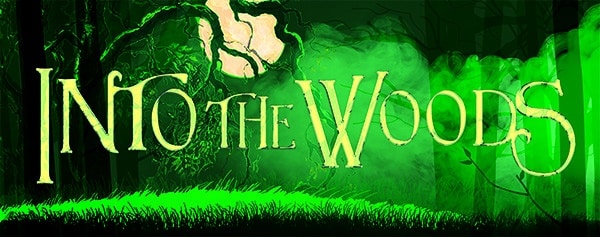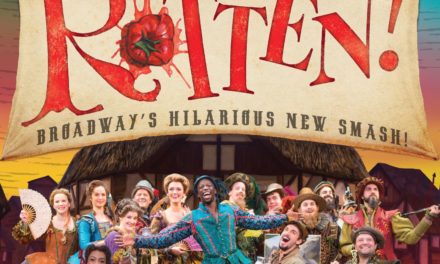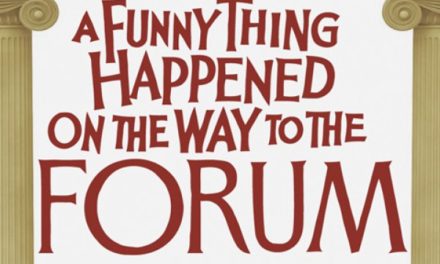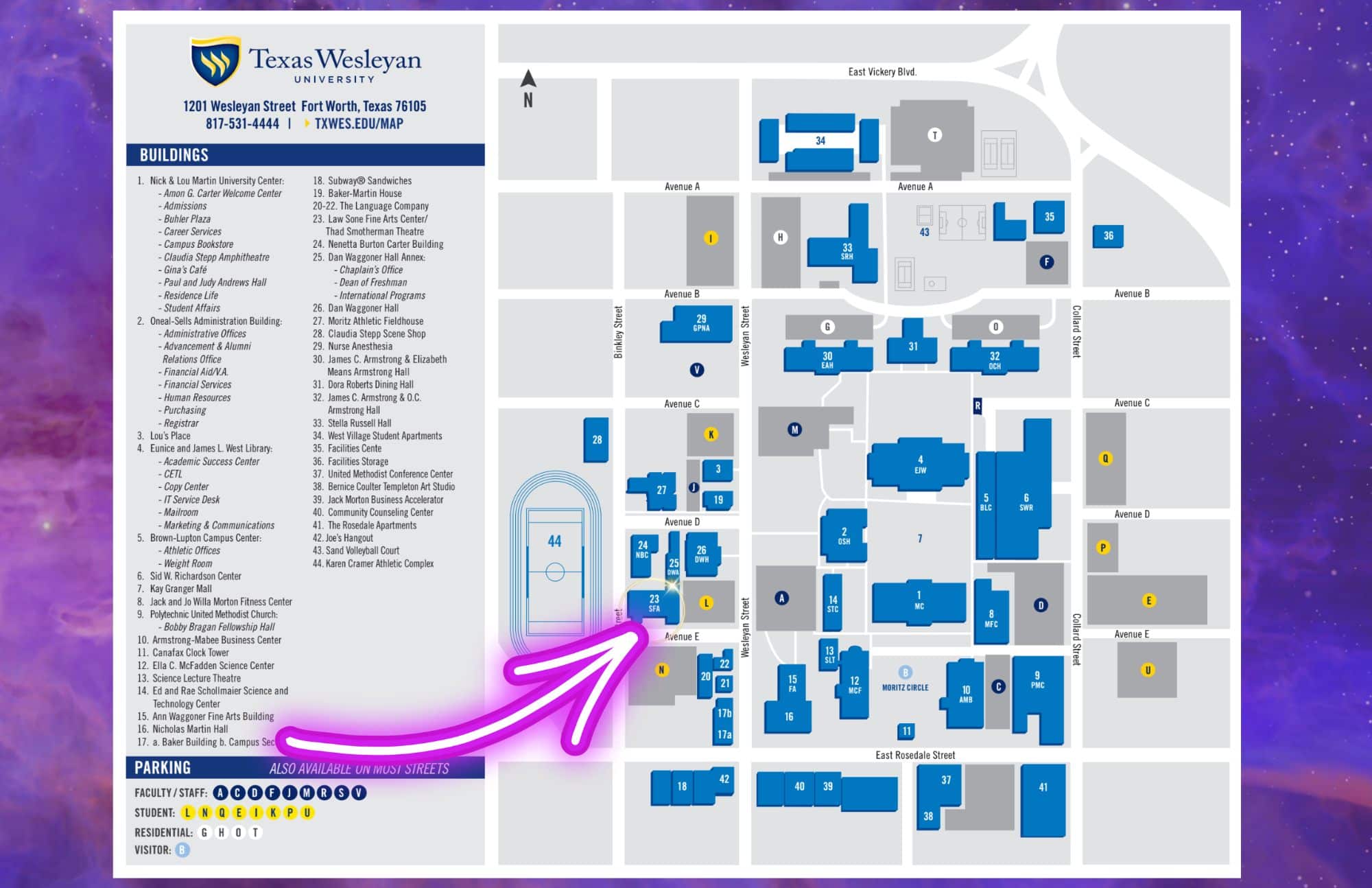There’s a principle to healthy eating we’ve all learned: We’re supposed to trim the fat off our meat. But, as any chef will tell you, the fat is essential to the flavor. A cut of beef that’s too lean will fail to satisfy.
A friend of mine says she enjoyed Into the Woods, but didn’t want to come back after intermission. She’d had enough.
Here’s a show that’s so lean – that rushes, without pausing, to do so many things that it’s actually “tiring to watch.” The experience is that of listening to a loquacious storyteller who never pauses to take a breath. There’s much to be admired in Into the Woods, and, as I said, cutting out fat is usually a good idea, but there’s very little to be emulated.
For instance, Into the Woods puts much of its action off-stage. Then, characters come on and comment about what’s just happened, or simply tell us. We don’t see Jack stealing from the giants, or Cinderella leaving her shoe, or even Rapunzel letting down her hair. This works, to an extent, because the fairy tales are already familiar to us; we don’t need to see every beat of the story. And sometimes hearing a character describe what we already know has happened can be humorous, as with the story of the Prince climbing Rapunzel’s hair.
In fact, it’s the wit of Into the Woods that lets it get away with so many storytelling flaws. But wit has two forms. There are jokes that get laughs, such as the bit about the gender of the cow. And there are dazzling bits of word play, such as the alliteration in the witch’s rap about her garden. It all sounds so clever, it’s easy to ignore the fact that the word play is amazing us, but not producing laughter. And does anybody really know what “rampion” is?
Bruno Bettleheim’s famous analysis of fairy tales, The Uses of Enchantment, explored the psychological and even sexual underpinnings of the stories we were all told as children. It’s a fascinating subject, and Into the Woods illustrates some of the theses with the subtext heard in songs like “Hello Little Girl” and “Giants in the Sky.” However, “Giants in the Sky” and “I Know Things Now” are dramatically inert: young characters are addressing the audience, describing the lessons they’ve learned. It’s much more interesting to me to watch revelations affect characters as they’re happening.
That second act my friend would like to have missed is filled with sadness and death. The song “No One Is Alone” portrays our hope for someone to watch over us in an effective way, using a sostenuto tempo and ever-not-resolving suspended chords. It ends without resolving, leaving open the question of whether there’s really help Out There.



















